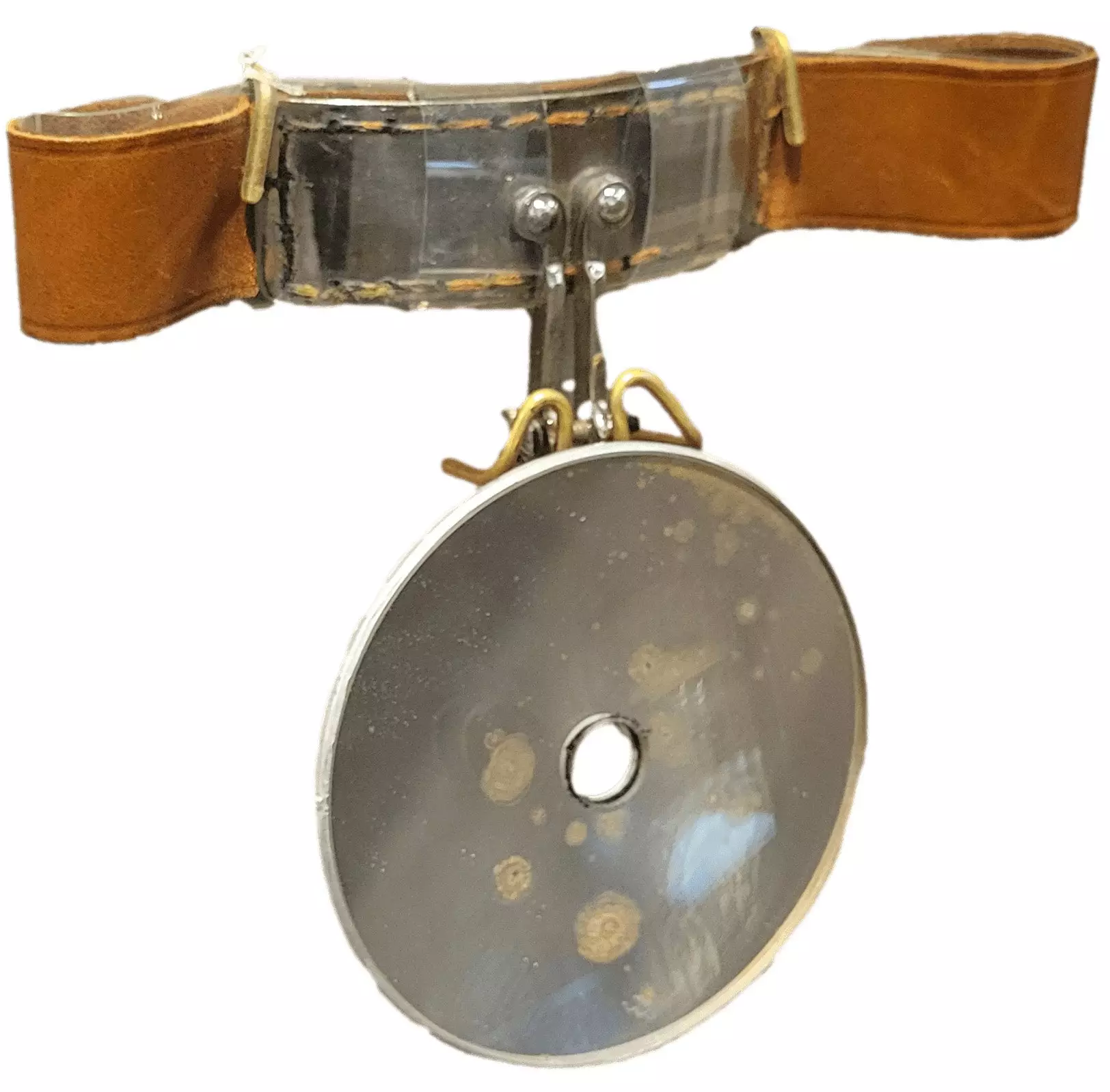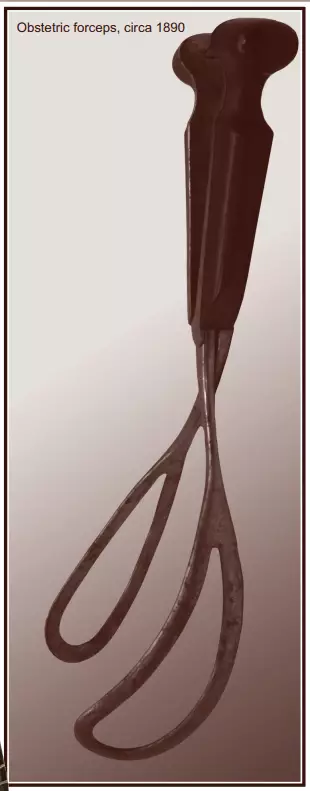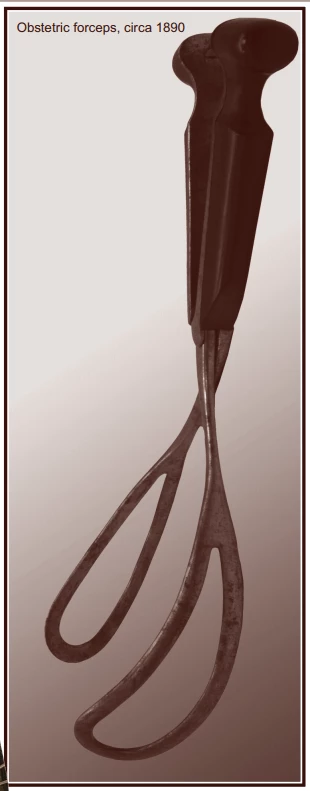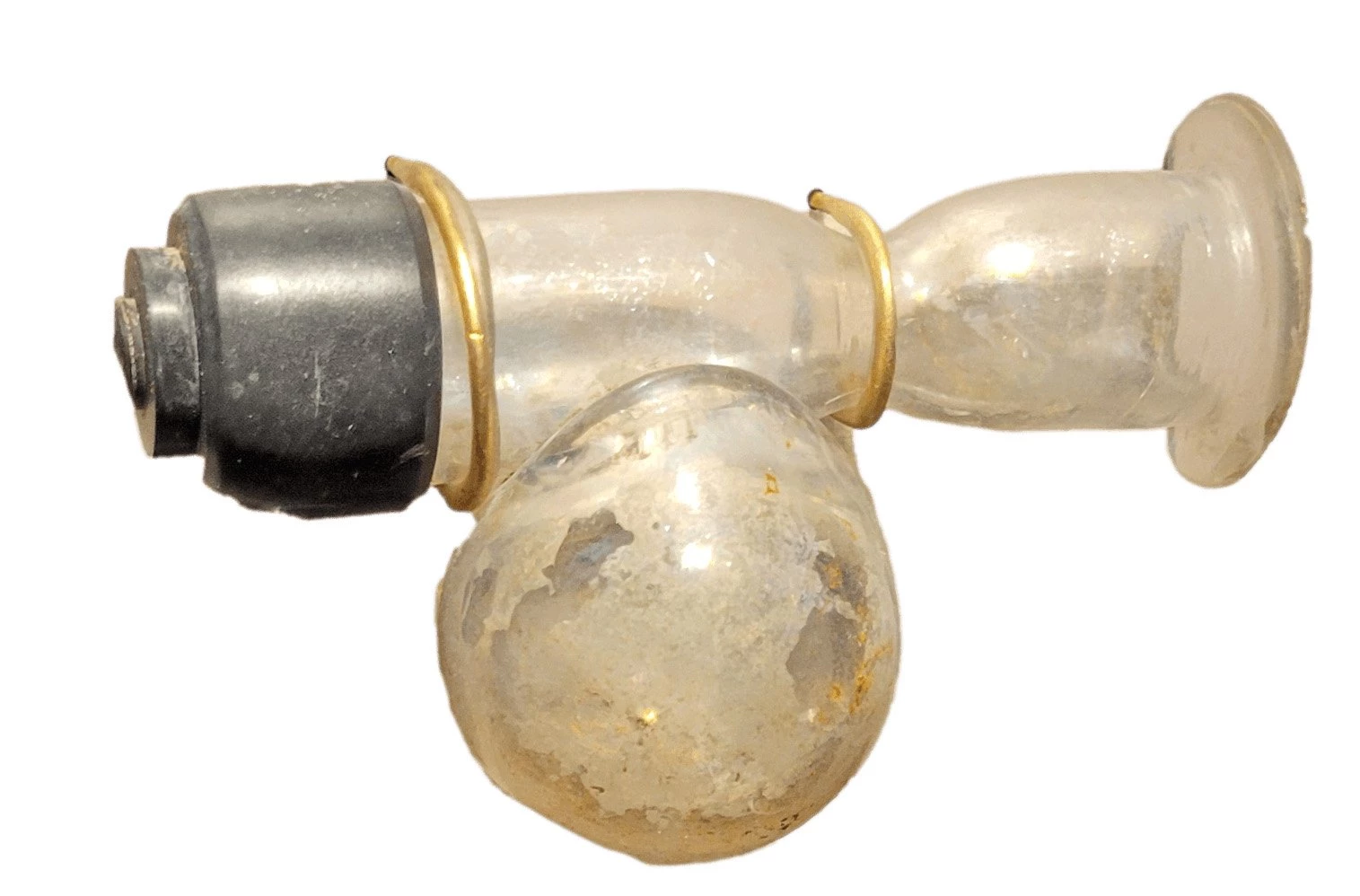Changing Healthcare Attitudes
The medical profession began to accept a limited number of women and African American professionals.Featuring:Louise Muxfeld, (1853 – 1909), midwifeEugene Gray Covington, (1872 – 1929), African American doctorVery few women worked in the medical field in the late 1800s.
What could Louise do that would help her be successful in a field dominated by men?
Louise trained at Madame Carpenters’ School for Midwives in St. Louis, graduating in 1886. Because she was certified, the Illinois Board of Health listed her as a practicing midwife. She was one of seven women practicing medicine in McLean County at the time.
Louise delivered an estimated 1,500 babies during her career in Bloomington.
Louise would have used the typical obstetric tools of the period.
Eugene Gray Covington (1872–1929) attended medical school at Howard University in Washington, D.C. before he established a general medical practice in Bloomington around 1900.
Like other practitioners of the period, Eugene went to patients' homes, where he treated them for illnesses and injuries, in addition to pregnancies.
Others he treated at his office next to his home on Market Street, and later at 313 N. Main Street.
Eugene was the first African American doctor in Bloomington to serve both Black and white patients.
How do you think the medical community felt about this?
Eugene had privileges at Mennonite Hospital, but because he was Black he could not operate in the surgical unit without a white physician present.
Despite this limitation, many local doctors considered him a brilliant physician. He was invited to become a member of the McLean County Medical Association shortly after he started his Bloomington practice.
Head mirror, circa 1920

Doctors like Eugene used head mirrors. A strong light was set next to the patients head and aimed towards the physician’s head mirror. Placed over the doctor’s eye so he could view through the hole, the mirror reflected shadow free light into the ear, nose, or throat being examined.
Donated by: Loren Boon
935.653

 Making a Home
Making a Home
 A Community in Conflict
A Community in Conflict
 Working for a Living
Working for a Living
 Farming in the Great Corn Belt
Farming in the Great Corn Belt
 Abraham Lincoln in McLean County
Abraham Lincoln in McLean County













